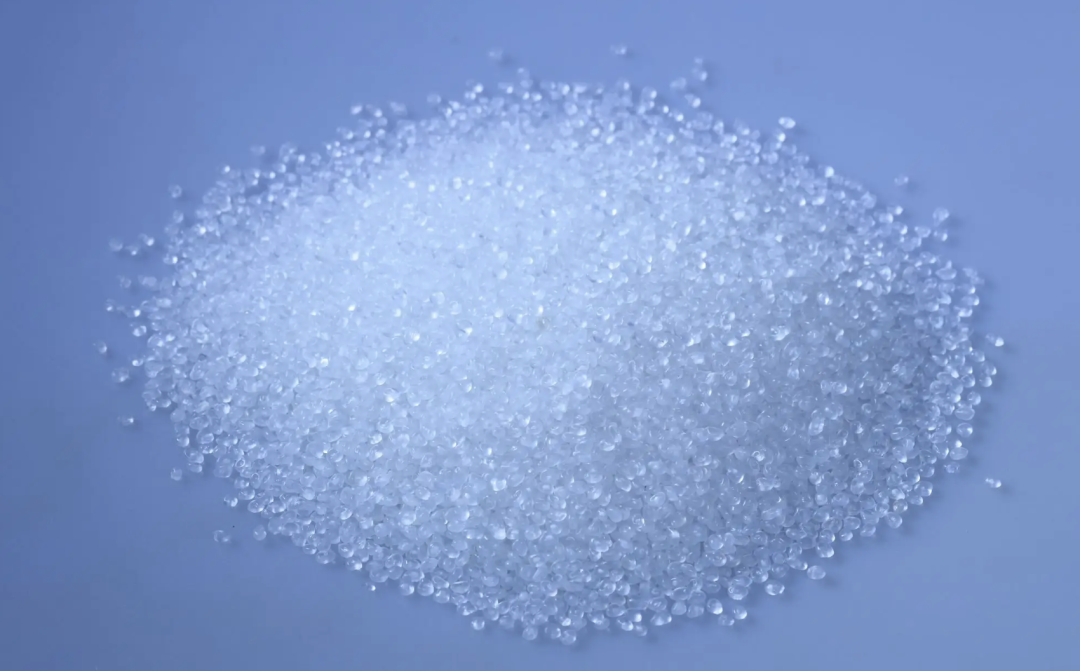The distinction between coupling and crosslinking agents is as follows:
In general, the term “cross-linking agent” refers to a family of chemicals that take part in the cross-linking reaction of the resin in order to connect the active functional groups to one another and create a network structure. The working fluid’s viscosity and elasticity may be primarily improved by the cross-linking agent, but it should also have other properties depending on the geological parameters of the reservoir, such as salt and temperature resistance. To further enhance the working fluid’s overall performance, various additives will also be added.
Small-molecule compounds with three or more hydrolyzable carbon functional groups are referred to as coupling agents. Utilizing a tiny quantity can boost the carbon’s reactivity, the hydrolyzable groups’ reactivity, and the well-known adhesion of organic and inorganic materials. The group may be fixed on the surface of organic materials, increasing the adherence of coatings and adhesives while using less by creating a bridge between the resin and the interface.
The two are not drastically different from one another, and the カップリング剤 is a type of material having two separate types of functional groups, each with unique features. Their molecules’ functional groups can interact with organic molecules to create bonds or couplings, as well as with adsorbed water or hydroxyl groups on the surfaces of inorganic objects. The cross-linking agent and the bridging agent are similar in that they may cause linear molecules to cross-link one another to form a network structure.
Because of the molecular structure of polymer materials, which resembles long lines, cross-linking agents are primarily employed in polymer materials. Lack of cross-linking results in poor strength, brittleness, and lack of elasticity. In order to unite the linear molecules into a network structure and increase the rubber’s strength and elasticity, chemical bonds are created between the molecules. Mostly sulfur and an accelerator are utilized as the crosslinking agents in rubber.
Coupling agent and compatibilizer distinctions:
Both are surfactants in a way, albeit with different applications.
1. Between inorganic and organic substances, coupling agents are primarily utilized. The primary purpose is to enhance the compatibility of fillers with the molecular chains of resins and to enhance the dispersion of fillers in resins, such as titanate coupling agents and silane.
2. The compatibilizer is used to increase the compatibility between the blended polymers, or the compatibility between the two distinct resins in the polymer alloy, which is typically produced by reactive extrusion of synthetic polar polymers and reactive grafts such as polyolefin grafted maleic anhydride, GMA, and other reactive grafts.
The coupling agent’s effective time is:
The conditions surrounding the coupling agent’s application, including humidity, storage duration, ink and coating composition, pH level, etc. Most titanates and silanes are only slightly alkaline, and they break down into alcohols when exposed to water. In the south’s wet and rainy seasons, their impact is weak, while in the north, it takes longer to dry. Checking the spray interface’s acidity or weak acidity is also required. Common There are only three series: KH (silane), A (titanate), and N (azo), each of which reacts with water, alcohol, ether, ammonia, amine, and acid before losing its coupling capacity. Oxygen avoidance and regular sampling examination should be taken into consideration during long-term storage.












